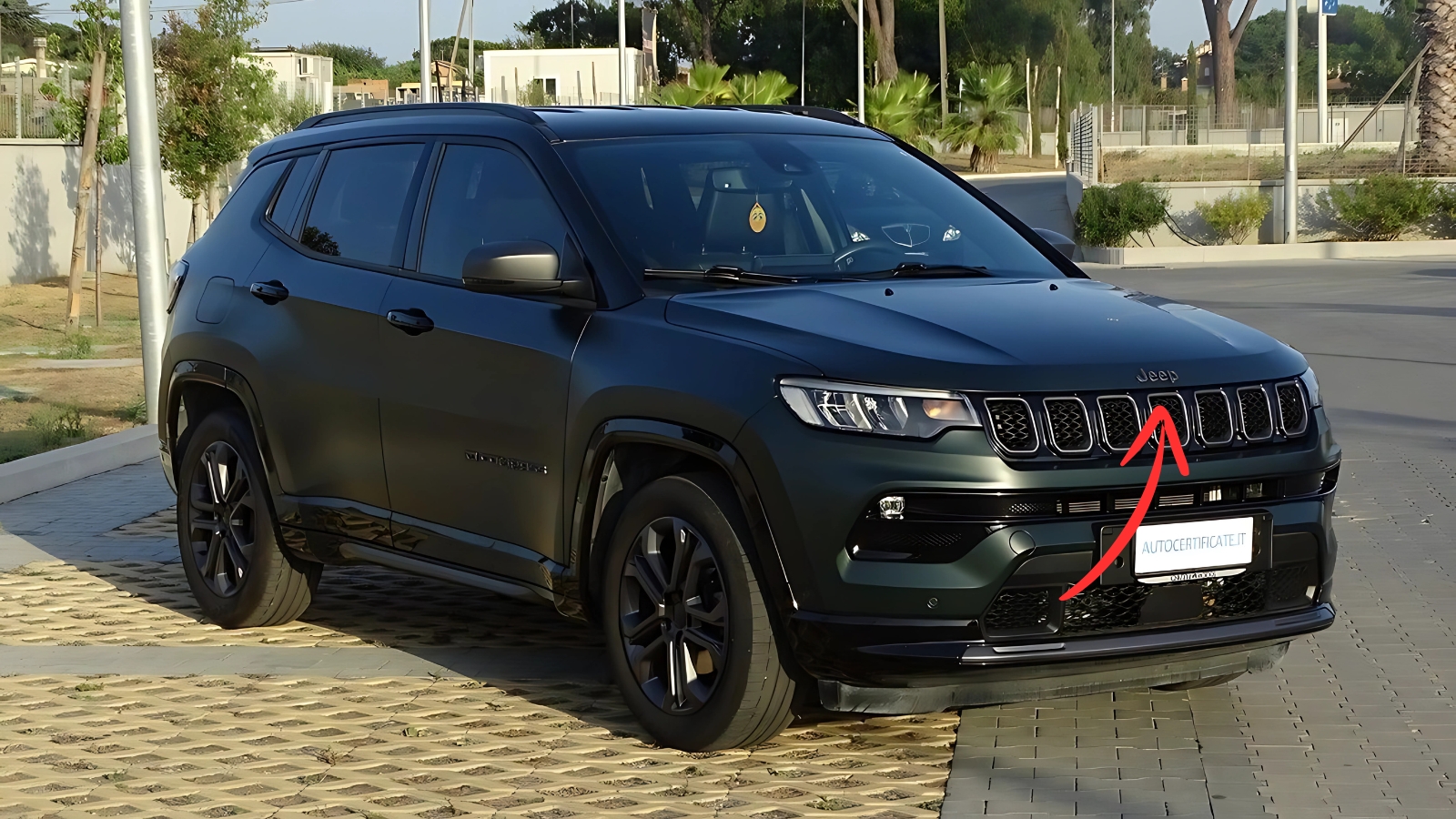Jeep Compass : The compact SUV battlefield has gotten brutal lately. Everyone’s throwing their hat into the ring, from Honda’s ever-reliable CR-V to Subaru’s adventure-ready Forester. Right in the thick of it sits Jeep’s 2025 Compass, now carrying the entire weight of the brand’s compact ambitions after the Cherokee and Renegade got the axe last year.
It’s a tough spot for any vehicle, but the Compass has never been one to back down from a fight. This year’s model tells an interesting story about where Jeep sees itself heading—and it’s not always pretty.
Jeep Compass Trimming the Fat, Adding Some Spice
Jeep’s bean counters have been busy. The Latitude Lux trim disappeared from the lineup, leaving buyers with four choices: Sport, Latitude, Limited, and Trailhawk. Meanwhile, the standard touchscreen shrunk from a generous 10.1 inches down to 8.4 inches—a move that screams cost-cutting rather than innovation.
But here’s where things get quirky. Jeep’s throwing in a new color called “Joose” later this year, and nobody knows what that actually looks like yet. Industry insiders are placing bets on orange, though pomegranate seems like a dark horse candidate. It’s exactly the kind of oddball move that makes Jeep, well, Jeep.
Engine Bay Excellence Continues
Here’s where the Compass really shines. Every single model rolls off the lot with a turbocharged 2.0-liter four-cylinder pumping out 200 horses and 221 pound-feet of torque. That’s mated to an eight-speed automatic that actually knows what it’s doing, unlike some of the sluggish transmissions plaguing this segment.
The real kicker? All-wheel drive comes standard across the board. While competitors nickel-and-dime you for AWD, Jeep just includes it. The Compass manages 0-60 mph in about 7.9 seconds, which isn’t going to win any drag races but gets the job done for daily driving and weekend adventures.
Fuel economy sits at 24 mpg city and 32 mpg highway—decent numbers that won’t embarrass you at the pump, though some rivals squeeze out better mileage.
Trail-Ready Credentials That Actually Matter
The Trailhawk variant deserves special mention because it’s legitimately capable off-road. This isn’t just marketing fluff—you get a one-inch factory lift, specialized all-terrain tires, skid plates, and those distinctive red tow hooks that let everyone know you mean business.
The Active Drive Low 4×4 system delivers a class-leading 20:1 crawl ratio, and the thing can wade through 19 inches of water. The Selec-Terrain system offers different driving modes for snow, sand, mud, and rock—settings that actually change how the vehicle behaves rather than just lighting up dashboard icons.
Most buyers will never use these features, but knowing they’re there provides confidence that few competitors can match at this price point.
Interior Reality Check
Inside, the Compass presents a mixed bag. The cabin comfortably seats four adults, with back seats designed to actually support your legs during longer trips. However, cargo space checks in below average at 27.2 cubic feet, expanding to nearly 60 cubes with the rear seats folded.
Technology integration reflects the brand’s current priorities. The available 10.1-inch touchscreen runs Uconnect 5 software with wireless Apple CarPlay and Android Auto. Safety equipment has improved significantly, with standard blind-spot monitoring, automatic emergency braking, and rear cross-traffic alert.
Price Tag Reflects Premium Aspirations
Starting at $28,895 for the Sport and climbing to $34,390 for the Trailhawk, the Compass commands premium pricing in its segment. That’s a bold strategy for a vehicle that hasn’t seen a complete redesign since 2017, especially when facing fresher competition.
The saving grace comes in capability. Properly equipped models can tow 2,000 pounds, giving it a 500-pound advantage over the Honda CR-V and Volkswagen Tiguan. For buyers needing occasional towing ability, that extra capacity justifies the premium.
Future Uncertainty Looms Large
Jeep unveiled an all-new Compass for European markets in May 2025, featuring multiple electrified powertrains including full electric variants with up to 650 kilometers of range. However, industry reports suggest this next-generation model might not reach American shores until late 2026, if ever.
This uncertainty reflects broader challenges facing the automotive industry, from shifting tariff policies to electrification mandates that complicate product planning across global markets.
Jeep Compass The Verdict on Capability vs. Competition
Professional reviews paint a consistent picture. Consumer Reports calls it “an outdated small SUV” that “falls short of its competition in just about every way”, while acknowledging the improved turbocharged engine. Edmunds experts rated it 6.6 out of 10, praising standard AWD while criticizing value and refinement.
The NHTSA awarded four stars overall, with the rating hurt by three-star rollover resistance—respectable but not class-leading safety performance.
Yet the Compass maintains distinct advantages. Its standard all-wheel drive, genuine off-road capability, and distinctive styling continue attracting buyers who prioritize capability over cutting-edge refinement. In a segment increasingly focused on efficiency and tech features, the Compass offers something different: authentic adventure readiness wrapped in accessible pricing.
As Jeep navigates an uncertain transition period, the 2025 Compass serves as both a capable current offering and a bridge to whatever comes next.

